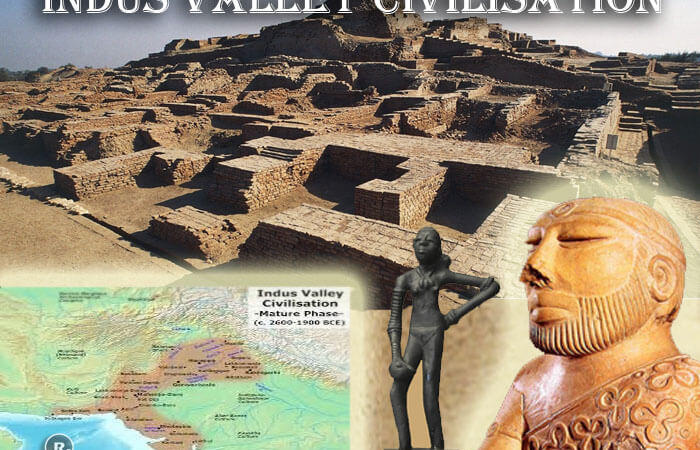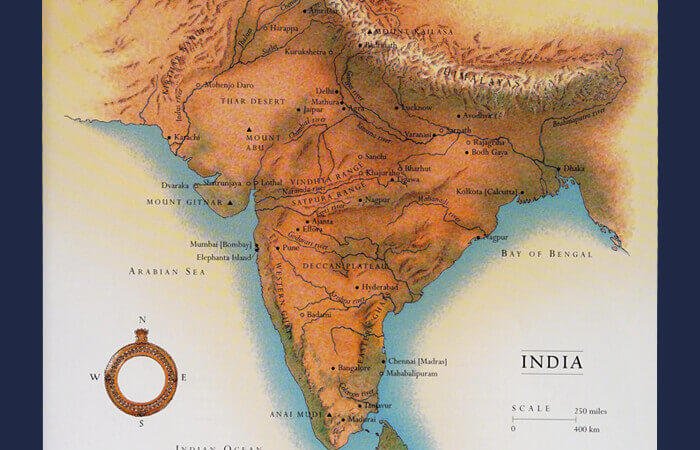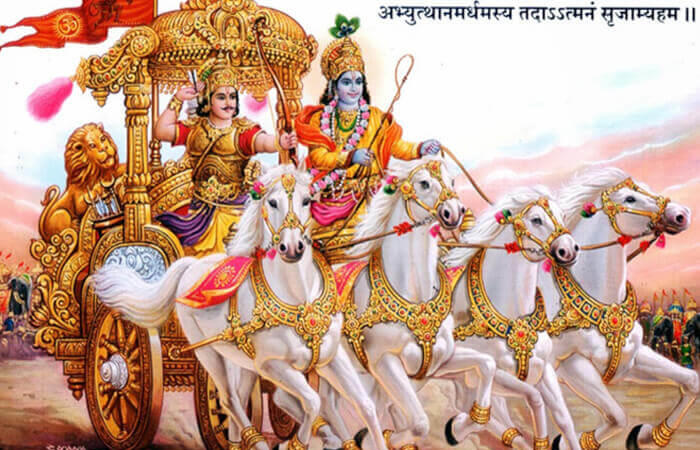Quit India Day | August Kranti Day
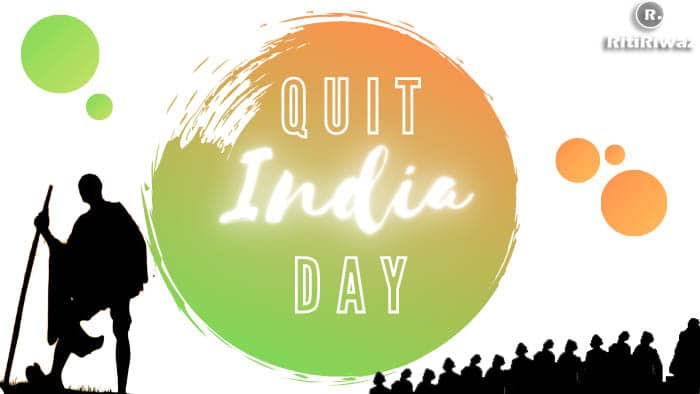
The quit India movement also known as India August Movement was started on August 9, 1942, and since then the day is celebrated as August Kranti Day/Diwas or the Quit India Day to remember the historic Quit India Movement. It was a huge protest which swept across the length and breadth of the country demanding an elimination and end to the British rule in India. It has been described as the “People’s Movement” and “Leaderless movement”. The day is celebrated by paying tribute to freedom fighters with national integration speeches and other events.
The August Revolution of 1942 holds a very important place in the history of India. The slogan of this revolution was “ Quit India ” or ‘Bharat Chodo’, and Gandhi also gave the slogan ‘Do or die’. It was a massive protest and seemed that now the British would have to leave India.
Why Quit India Movement was launched
The Second World War started in 1939, and Japan which was part of the Axis power that was opposed to the British in the war was gaining onto the north-eastern frontiers of India. The British had abandoned their territories in South-East Asia and had left their population in the lurch. This act did not garner much faith among the Indian population who had doubts about the British ability to defend India against Axis aggression.
Gandhi also believed that if the British left India, Japan would not have enough reason to invade India. Apart from hearing news about British setbacks in the war, the war-time difficulties such as high prices of essential commodities fostered resentment against the British government. The failure of the Cripps Mission to guarantee any kind of a constitutional remedy to India’s problem also led to the INC calling for a mass civil disobedience movement.
The Quit India Movement
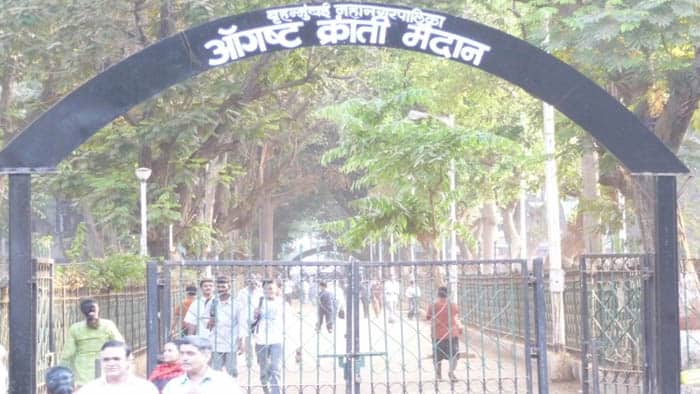
Mumbai’s Gowalia Tank Maidan also known as August Kranti Maidan is the place where Mahatma Gandhi delivered his speech marking the beginning of the Quit India Movement. It is also known as India August Movement or August Kranti. It was officially launched by the Indian National Congress (INC) led by Mahatma Gandhi on 9th August 1942.
The Quit India Resolution was passed by the congress working committee on 8th August 1942 in Bombay. Gandhi was named the movement’s leader. The resolution stated the provisions of the movement.
1. An immediate end to British rule over India.
2. Declaration of the commitment of free India to defend itself against all kinds of imperialism and fascism.
3. Formation of a provisional government of India after British withdrawal.
Sanctioning a civil disobedience movement against British rule means.
Government servants: Do not resign your job but proclaim loyalty to the INC
Soldiers: Be with the army but refrain from firing on compatriots.
Peasants: Pay the agreed-upon rent if the landlords/Zamindars are anti-government, if they are pro-government, do not pay the rent.
Students: Can leave their studies if they are confident enough.
Princes: Support the people and accept their sovereignty of them.
People of the princely states: Support the ruler only if he is anti-government, and declare themselves as part of the Indian nation.
The first half of the movement was peaceful with demonstrations and processions. The peaceful protest was carried out till Mahatma Gandhi’s release. The second half of the movement was violent with raids and setting fire to post offices, government buildings, and railway stations. Lord Linlithgow adopted the policy of violence.
After the arrest of major leaders, young Aruna Asaf Ali presided over the AICC session. Despite several police warnings and government notices banning public processions and assemblies, a large crowd gathered at Mumbai’s Gowalik Tank Maidan where Aruna Asaf Ali hoisted the flag. The response to the above fact was no communal violence and INC was banned. Its leader was jailed for almost the whole of the war. Gandhi was released on health grounds in 1944.
Some parties did not support the movement. There was opposition from the Muslim League, the Communist Party of India (the government revoked the ban on the party then), and the Hindu Mahasabha. The league was not in favor of the British leaving India without partitioning the country first. In fact, Jinnah asked more Muslims to enlist in the army to fight the war.
The Communist party supported the war waged by the British since they were allied with the Soviet Union. Subhas Chandra Bose, was by this time, organizing the Indian National Army and the Azad Hind government from outside the country.
The 1942 revolution failed due to a lack of full support and government repression. The significance of this movement is that it brought to mind the British rulers that the days of their imperial rule in India are few. The remaining independence was no longer a matter of deal, but now an agreement to be made in the future was only about the way of transfer of power.
The Quit India Movement is also important from the point of view that it has strengthened the pro-India opinion abroad. For example, Chinese Chief Chiang Kai-shek wrote to US President Roosevelt that “ the best policy for the British is to give complete independence to India .” Roosevelt said the same thing to Churchill. This mass movement also played an important role in winning the freedom of India. British, however, refused to grant immediate independence to India but granted it after the end of the Second World War.
Impact of Quit India Movement
Though the movement was unable to achieve freedom it succeeds to compel the British government to quit India. The British government was demoralized to rule India when people participated without any guides and attacked the symbols of British authority. In many places, self-rule, and local governments were established. It paved the way for the constitutional proposal of the Cabinet Mission. A later Constituent assembly was organized on the Mission’s recommendations. The government was astonished by the powerful nationalistic feeling of the Indians and anti-British feelings. This movement has hastened India’s march toward freedom.
Suggested Read: Important Days In August


